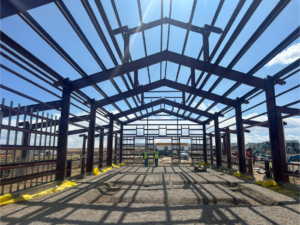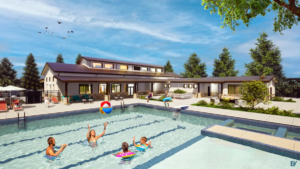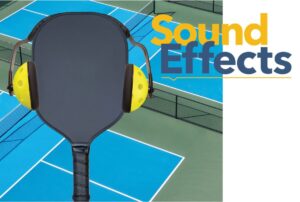Size Requirements for Tennis and Pickleball Courts
Tennis and pickleball are two popular sports with distinct court size requirements. As pickleball gains popularity, many facilities are converting or sharing tennis courts for pickleball play. This article explores the size requirements for both sports, the feasibility of using tennis courts for pickleball, and the pros and cons of multi-use courts versus separately designed courts.
Tennis Court Dimensions
A standard tennis court measures 78 feet long and 36 feet wide, including the doubles alleys. The playing area for singles matches is narrower, at 27 feet wide. The court also requires additional space around it for movement and safety. According to the United States Tennis Association (USTA), a full-sized tennis court with perimeter space should be at least 120 feet long and 60 feet wide. This space ensures players have enough room to chase balls and avoid obstacles, which is essential for both recreational and tournament play.
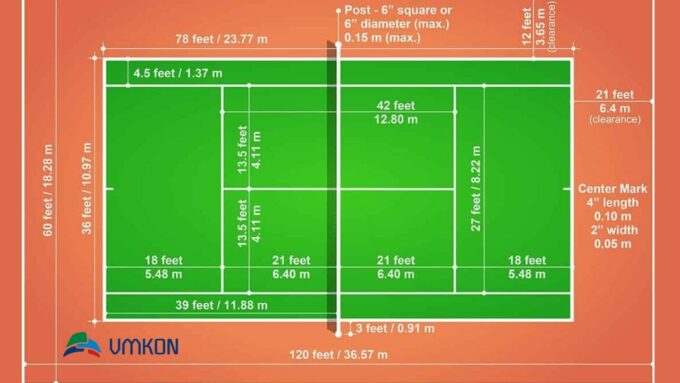
Pickleball Court Dimensions
A pickleball court is much smaller than a tennis court, measuring 44 feet long and 20 feet wide. Like tennis, pickleball also requires additional space around the court. The USA Pickleball Association (USAPA) recommends a total area of 64 feet long by 34 feet wide for a pickleball court, including the perimeter space. This area allows players to move freely and provides space for sideline and baseline play, which is critical for competitive matches.
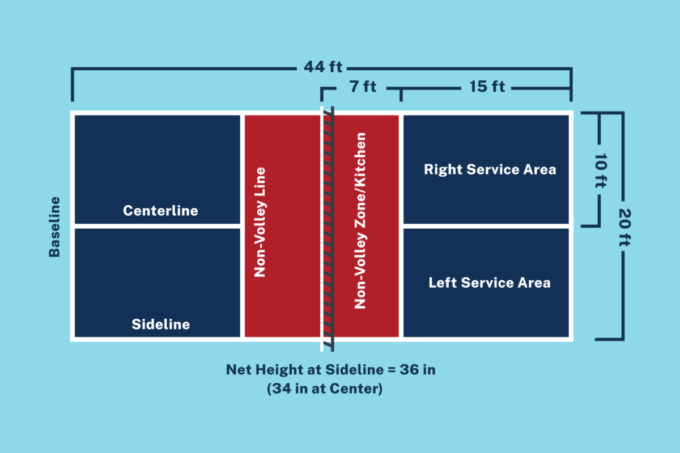
Converting Tennis Courts for Pickleball Play
One of the most common ways to accommodate pickleball is by converting existing tennis courts. A standard tennis court can fit up to four pickleball courts, depending on the layout. To achieve this, pickleball courts are typically positioned perpendicular to the tennis court’s net. However, this configuration may require adjustments to the court markings and net setup.
Striping Dimensions for Tennis and Pickleball
When converting or designing multi-use courts, striping dimensions are crucial. For tennis, the baseline is 36 feet wide, and the service boxes are 21 feet long and 13.5 feet wide. In contrast, a pickleball court’s baseline is 20 feet wide, with non-volley zones (commonly known as the kitchen) extending 7 feet from the net on each side. The court’s service areas are 10 feet wide and 15 feet long. Dual-striping courts require careful planning to avoid confusion during play. Different colors or dashed lines can distinguish between tennis and pickleball markings.
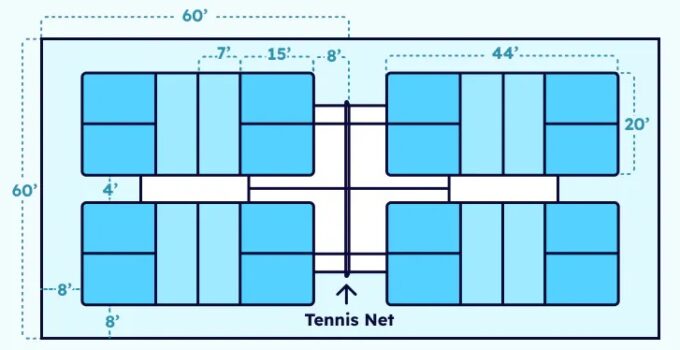
Perimeter Space for League and Tournament Play
Both tennis and pickleball have specific perimeter space requirements to ensure safety and playability. For tennis, the USTA recommends a minimum of 21 feet of space behind each baseline and 12 feet on each side. For pickleball, the USAPA suggests at least 10 feet behind each baseline and 7 feet on the sides. In tournament settings, these spaces are crucial to accommodate players’ movements and prevent injuries.
Pros and Cons of Multi-Use Courts
- Pros:
- Space Efficiency: Multi-use courts maximize space utilization, allowing for both tennis and pickleball in one area.
- Cost-Effectiveness: Converting existing tennis courts for pickleball reduces the need for new construction, saving costs.
- Flexibility: Multi-use courts can adapt to changing community needs and support a variety of sports.
- Cons:
- Complex Striping: Multi-use courts require complex striping, which can confuse players and detract from the playing experience.
- Wear and Tear: Frequent use of the same court for different sports can increase wear and tear, leading to higher maintenance costs.
- Compromised Play: Sharing a court can lead to compromises in court quality, such as less-than-ideal surface texture or inadequate space for either sport.
Pros and Cons of Separately Designed Courts
- Pros:
- Optimized Play: Separately designed courts ensure that each sport has the ideal dimensions, surface, and markings, leading to better playability.
- Enhanced Experience: Players benefit from dedicated facilities tailored to their specific sport, improving their overall experience.
- Long-Term Durability: Separate courts reduce wear and tear, leading to lower maintenance costs and longer-lasting surfaces.
- Cons:
- Higher Costs: Constructing separate courts for tennis and pickleball requires more space and financial investment.
- Limited Flexibility: Dedicated courts offer less flexibility to adapt to future changes in community sports preferences.
Conclusion
Understanding the size requirements and considerations for tennis and pickleball courts is essential for optimizing their design and use. While converting tennis courts for pickleball is a practical solution for many facilities, separately designed courts offer the best experience for players of both sports. When planning or renovating courts, facility managers must weigh the pros and cons of multi-use versus dedicated courts to make the best decision for their community. By considering these guidelines, facilities can create courts that meet the needs of both tennis and pickleball players, ensuring a positive experience for all.
References
- United States Tennis Association (USTA). (2023). Court Construction and Dimensions. Retrieved from USTA
- USA Pickleball Association (USAPA). (2022). Pickleball Court Dimensions and Construction. Retrieved from USAPA
- American Sports Builders Association (ASBA). (2021). Guidelines for Multi-Use Court Construction. Retrieved from ASBA


